How to Grow Your Own Tobacco in Nigeria: A Step-by-Step Guide to Buying Tobacco Seeds
How to Grow Your Own Tobacco in Nigeria: A Step-by-Step Guide to Buying Tobacco Seeds
Tobacco is a popular crop in Nigeria, offering farmers a lucrative income and a chance to produce a product that many people enjoy. Growing your own tobacco can be an exciting and rewarding experience, and it doesn’t have to be difficult. All you need to get started is a few tobacco seeds and a bit of knowledge. In this guide, we’ll provide a step-by-step guide to buying tobacco seeds and getting started growing your own tobacco in Nigeria. We’ll cover the types of tobacco seeds available, how to choose the best ones for your needs, and tips for planting and caring for your new crop. With the right guidance and care, you’ll be able to successfully grow your own tobacco and enjoy the fruits of your labor.
How to Grow Your Own Tobacco in Nigeria: A Step-by-Step Guide to Buying Tobacco Seeds
Tobacco is a popular crop in Nigeria, offering farmers a lucrative income and a chance to produce a product that many people enjoy. Growing your own tobacco can be an exciting and rewarding experience, and it doesn’t have to be difficult. All you need to get started is a few tobacco seeds and a bit of knowledge. In this guide, we’ll provide a step-by-step guide to buying tobacco seeds and getting started growing your own tobacco in Nigeria. We’ll cover the types of tobacco seeds available, how to choose the best ones for your needs, and tips for planting and caring for your new crop. With the right guidance and care, you’ll be able to successfully grow your own tobacco and enjoy the fruits of your labor.
Types of Tobacco Seeds Available in Nigeria
When it comes to buying tobacco seeds, there are several types to choose from. The most common types of tobacco seeds available in Nigeria are Burley, Flue-Cured, Oriental, and Shade-Grown. Each type has its own benefits and drawbacks, so it’s important to understand the differences and choose the right type for your needs.
Burley tobacco seeds are a popular choice for many Nigerian farmers, as they are known for their productivity and high yields. Burley tobacco is a light-colored product with a mild flavor, making it a favorite among many smokers. Flue-Cured tobacco seeds, on the other hand, are known for their sweet and pungent flavor. This type of tobacco is often used in cigarettes and other forms of smoking tobacco.
Oriental tobacco seeds are known for their robust flavor and strong aroma. This type of tobacco is often used in cigars, and its leaves are often used to wrap other kinds of tobacco. Lastly, Shade-Grown tobacco is a type of tobacco that is grown under shade cloths. This type of tobacco has a strong and earthy flavor, making it a great choice for those looking for a bold flavor.
Factors to Consider When Selecting Tobacco Seeds
When selecting tobacco seeds, it’s important to take into consideration several factors. First, you should consider the type of tobacco you want to grow. Different types of tobacco have different flavors and yields, so it’s important to choose the right type for your needs. You should also consider the climate and soil conditions in your area, as this will determine which type of tobacco will thrive the best. Finally, you should consider the cost of the seeds and the time it will take to grow and harvest the crop.
How to Plant Tobacco Seeds
Once you’ve selected your tobacco seeds, it’s time to start planting. The best time to plant tobacco seeds is during the spring, as this is when the soil is warmest and most conducive to growth. Before planting, you should prepare the soil by tilling it and adding fertilizer. Once the soil is ready, you can start planting your tobacco seeds.
Tobacco seeds should be planted about two inches apart, with eight to ten seeds per foot of soil. It’s important to cover the seeds with a thin layer of soil and to keep the soil moist throughout the planting process. Once the seeds have been planted, you should water them regularly and keep them well maintained until they sprout.
Caring for Your Tobacco Crop
Once the seeds have sprouted, it’s time to start caring for your tobacco crop. The first step is to thin out the plants, as overcrowding can cause them to compete for nutrients and reduce overall yields. Once the plants have been thinned, you should water them regularly and make sure the soil is well drained. You should also make sure to add fertilizer at the right time and in the right amounts.
In addition to watering and fertilizing, you should also keep an eye out for pests and diseases. Common pests in Nigeria include aphids, whiteflies, and caterpillars, while common diseases include mosaic virus, blight, and root rot. If you notice any signs of pests or diseases, it’s important to address them quickly in order to prevent further damage to your crop.
Tips for Harvesting and Storing Tobacco
When it comes time to harvest your tobacco crop, it’s important to do it at the right time. The leaves should be harvested when they are fully mature and before they start to yellow. Once the leaves have been harvested, they should be hung in a well-ventilated area to dry. Once the leaves are dry, they should be stored in an airtight container in a cool and dry place.
Common Pests and Diseases of Tobacco
As with any crop, tobacco is prone to pests and diseases. Common pests in Nigeria include aphids, whiteflies, and caterpillars, while common diseases include mosaic virus, blight, and root rot. It’s important to keep an eye out for signs of pests and diseases, as they can quickly decimate your crop if left unchecked. If you notice any signs of pests or diseases, it’s important to address them quickly in order to prevent further damage to your crop.
How to Identify Signs of Poor Growth and Disease
There are several signs that can indicate poor growth or disease in tobacco plants. Plants that are suffering from poor growth may have stunted growth, yellowing of the leaves, and wilting. They may also produce fewer leaves than usual. On the other hand, plants that are suffering from disease may have discolored leaves, spots, or lesions. They may also display signs of wilting, stunted growth, and defoliation.
Best Practices for Growing Tobacco in Nigeria
Growing tobacco in Nigeria can be a rewarding and profitable experience, but it’s important to follow best practices in order to ensure a successful crop. First, it’s important to choose the right type of tobacco seeds for your needs. You should also prepare the soil before planting, water the plants regularly, thin out the plants once they have sprouted, and keep an eye out for pests and diseases. Finally, it’s important to harvest and store the crop properly in order to ensure the best quality product.
Conclusion
Growing your own tobacco in Nigeria can be an exciting and rewarding experience. With the right guidance and care, you’ll be able to successfully grow your own tobacco and enjoy the fruits of your labor. By selecting the right type of tobacco seeds, preparing the soil properly, and following best practices for planting, caring for, and harvesting your crop, you’ll be well on your way to a successful harvest.


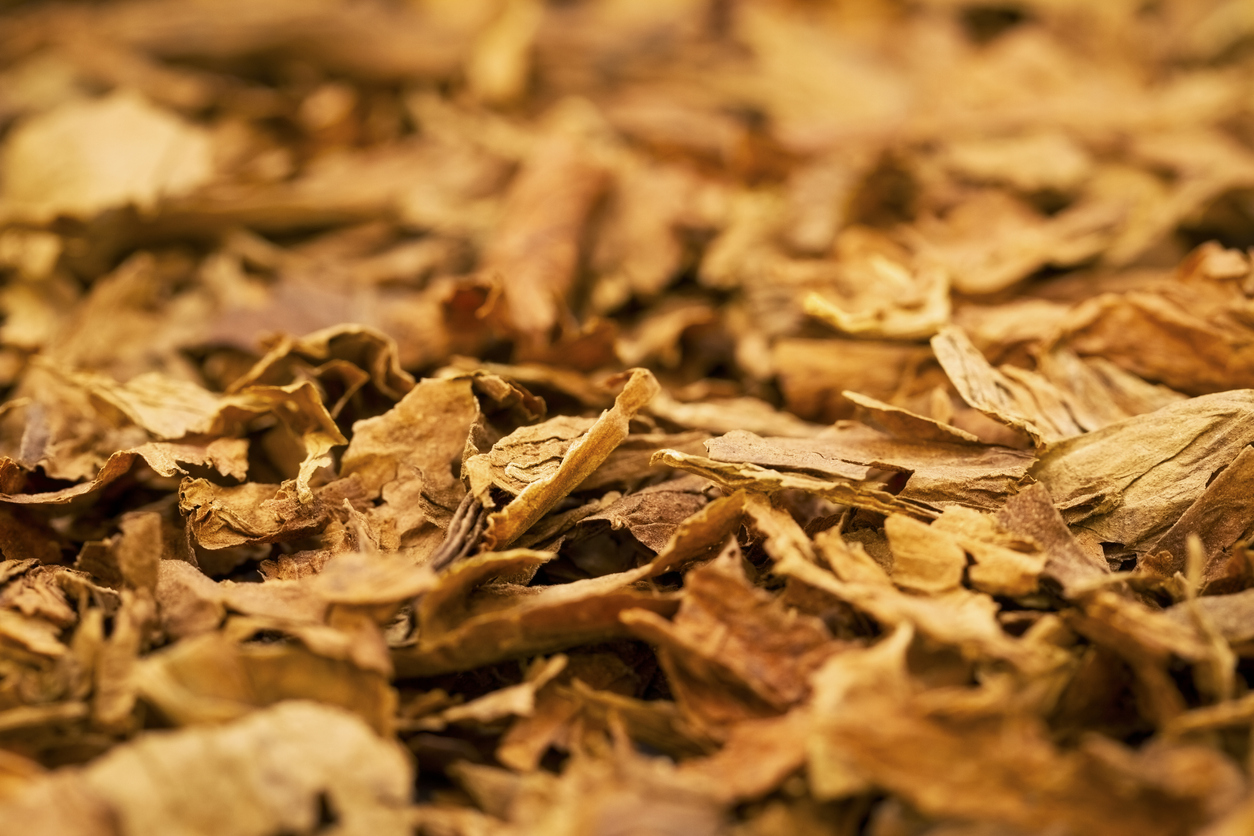
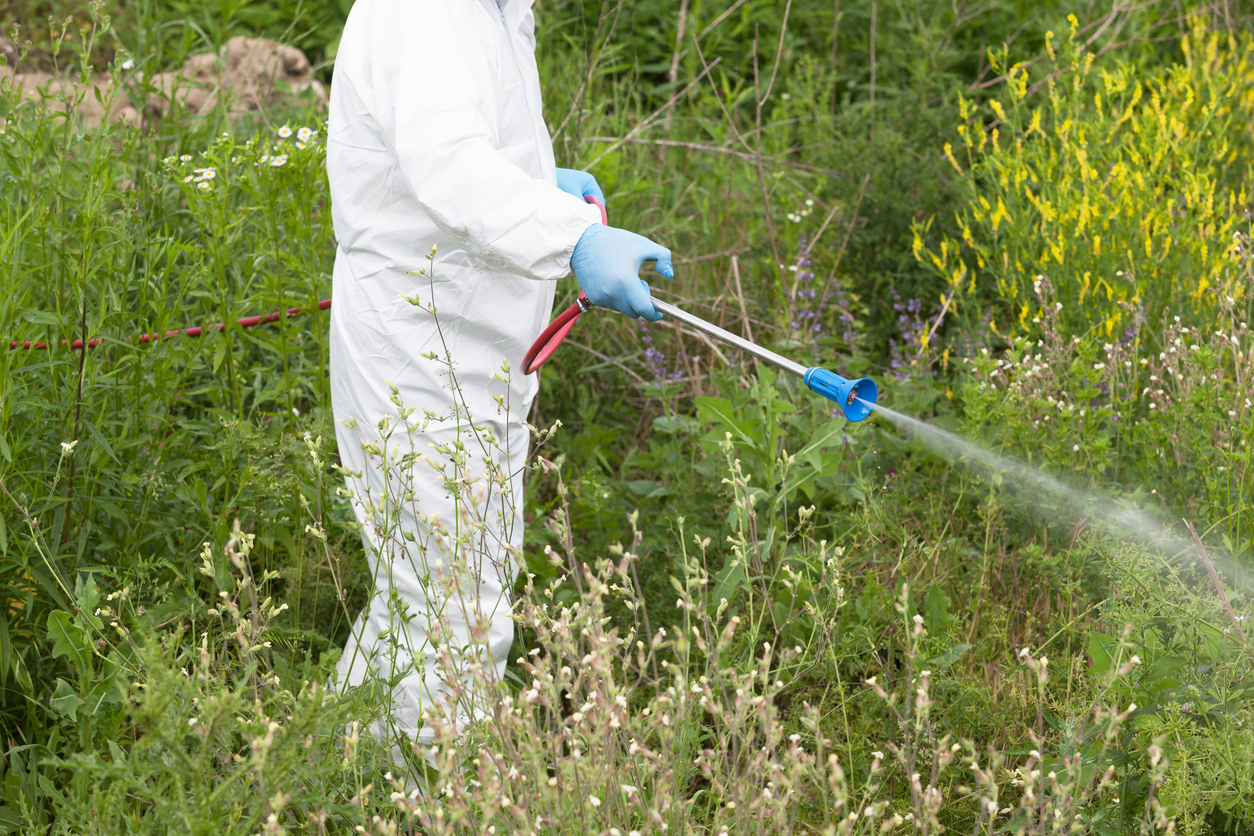
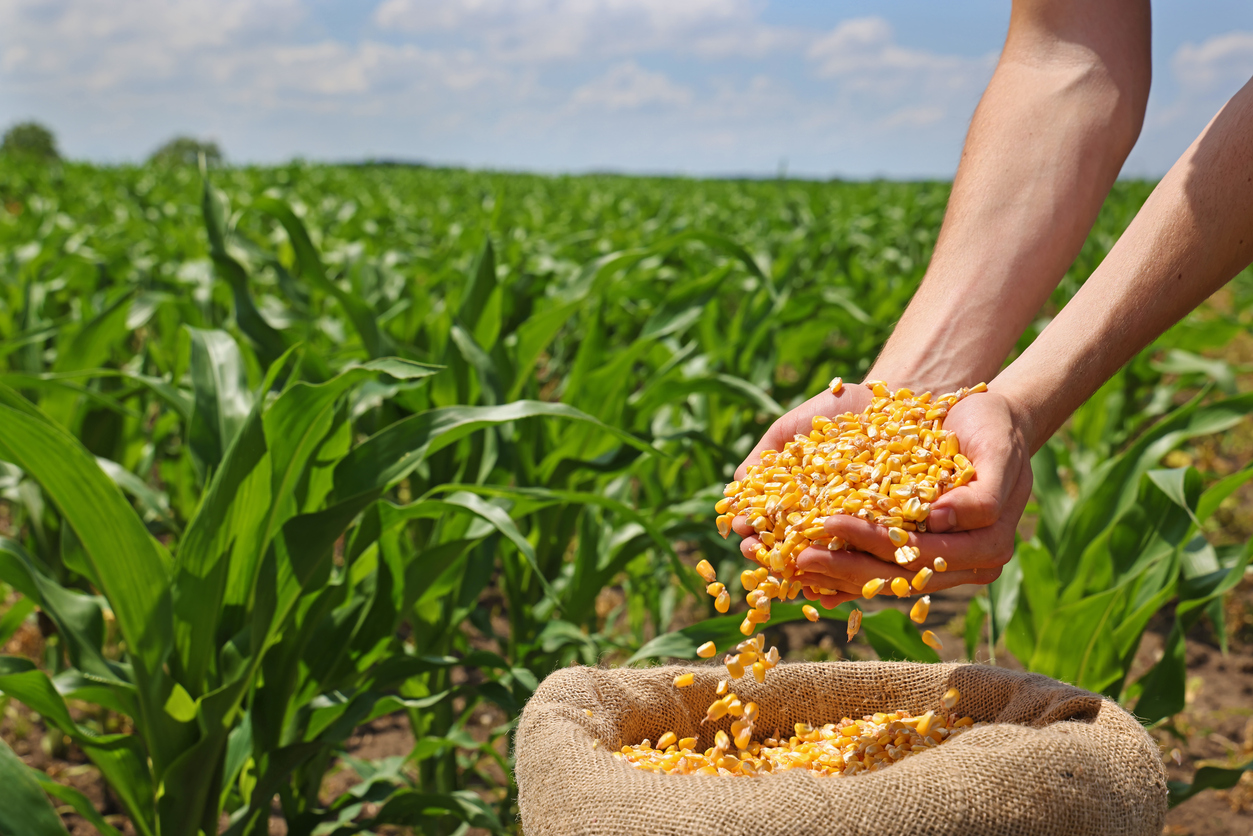

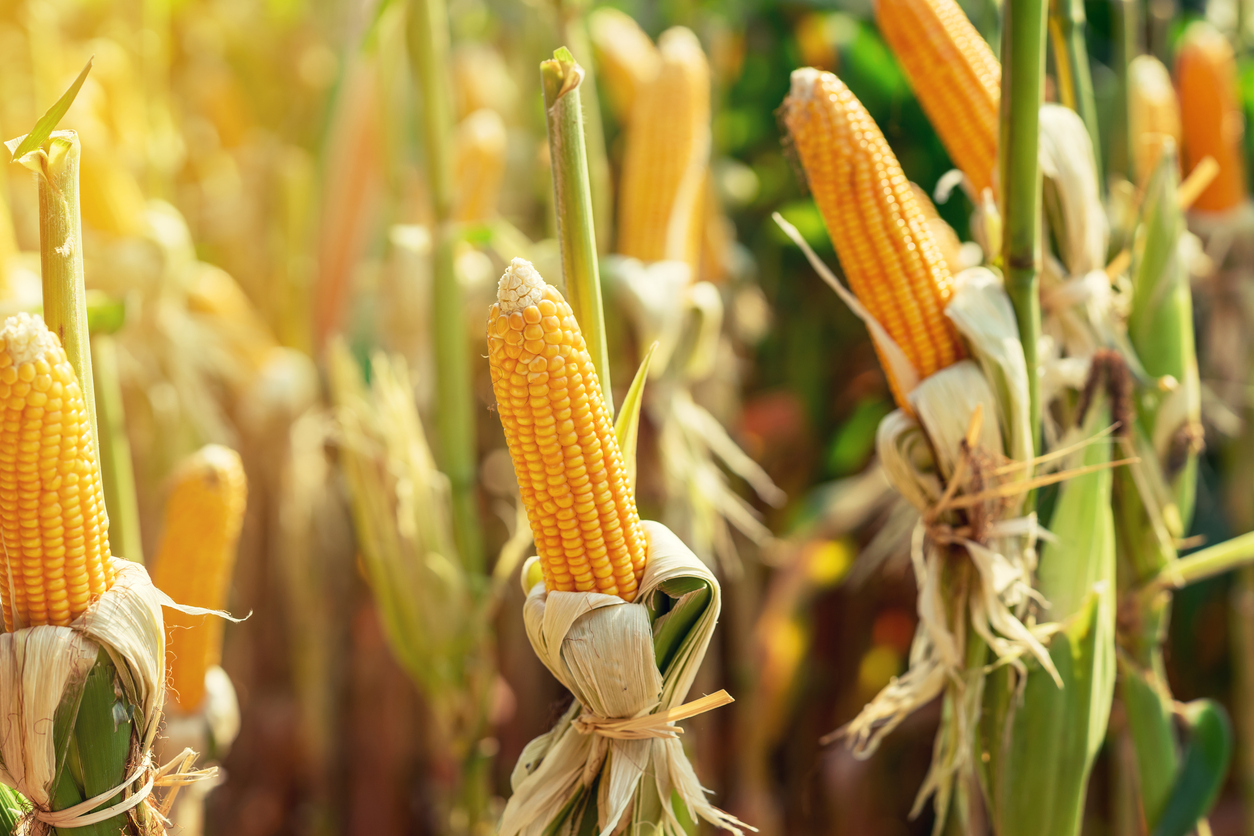
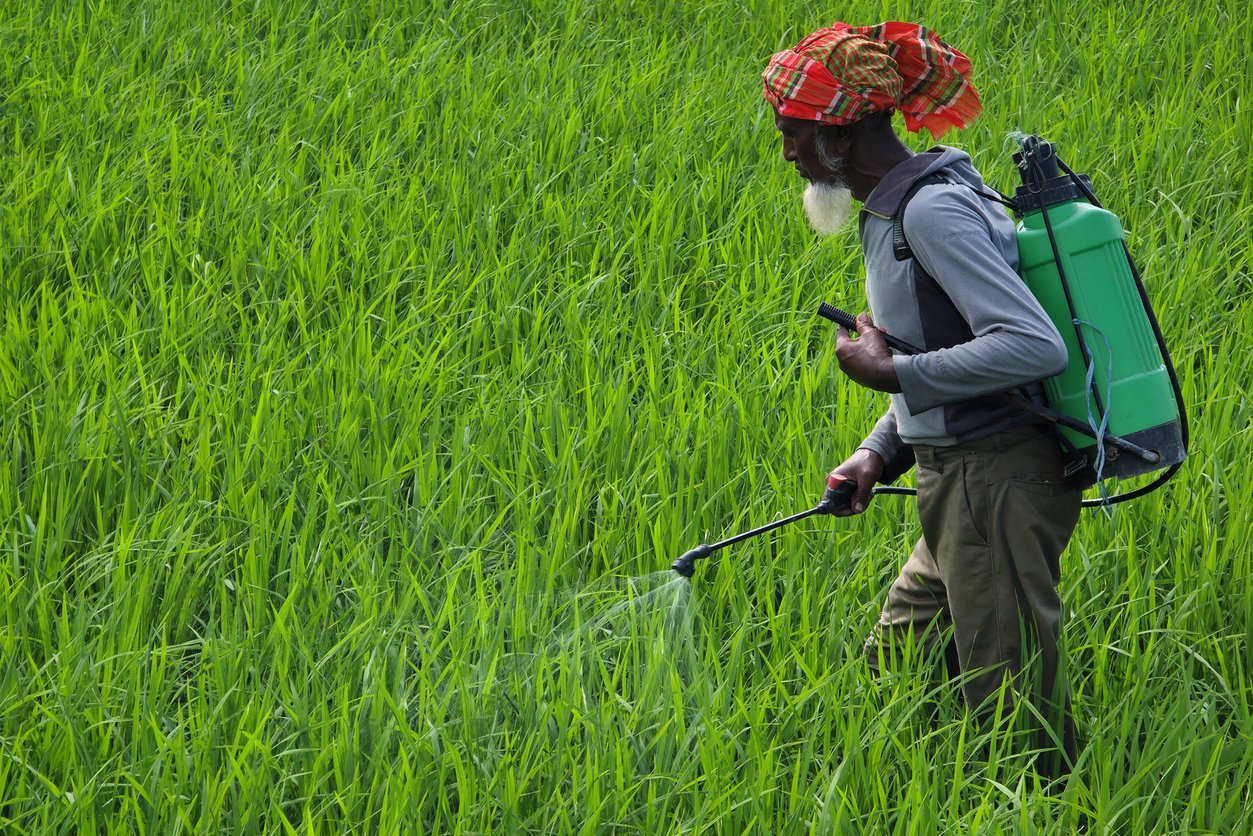
LEAVE A COMMENT
You must be logged in to post a comment.